Smartphone cameras have been much more popular than professional cameras for some time now. In most cases, however, they do not offer the highest image quality compared to them. However, that could soon change, at least according to a high-ranking Qualcomm executive.
Qualcomm's vice president of cameras, Judd Heape, provided the website Android Authority interview in which he outlined his thoughts on the future of mobile photography. According to him, the pace at which image sensors, processors and artificial intelligence are being improved in smartphones is so fast that they will surpass SLR cameras within three to five years.
Heape said in an interview that photography using artificial intelligence can be divided into four stages. In that first AI recognizes a specific object or scene in the image. In the second, it controls the functions of automatic focus, automatic white balance and automatic exposure. The third stage is the stage where the AI understands different segments or elements of the scene, and this is where the current smartphone industry is, he says.
You could be interested in
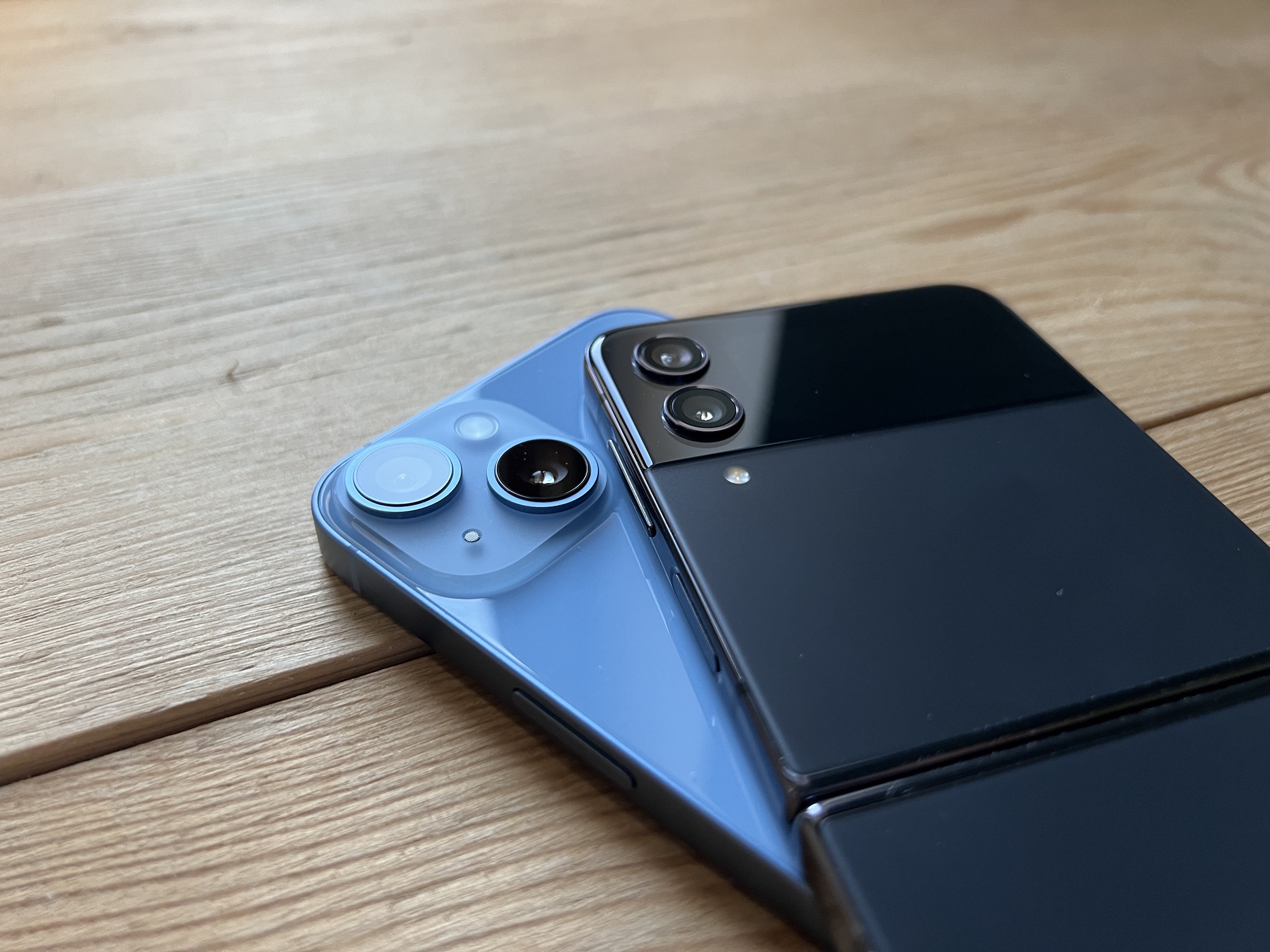
In the fourth stage, he estimates, artificial intelligence will be capable enough to process the whole picture. At this stage, it is said that it will be possible to make the image look like a scene from National Geographic. The technology is three to five years away, according to Heape, and will be the "holy grail" of AI-powered photography.
According to Heape, the processing power in the Snapdragon chipsets is much higher than what we find in the biggest and most powerful professional cameras from Nikon and Canon. This helps smartphones to intelligently recognize the scene, adjust different aspects of the image accordingly and produce excellent photos despite having smaller image sensors and lenses than SLRs.
Computing power, and thus artificial intelligence, will only increase in the future, according to Heape, allowing smartphones to reach what he describes as the fourth stage of AI, which will allow them to understand the difference between skin, hair, fabric, background and more. Considering how far mobile cameras have come in recent years (practically pushing traditional digital cameras out of the market, among other things), his prediction certainly makes sense. The best cameras of today, such as Galaxy S22Ultra, can already take pictures of the same quality as those produced by some SLRs in automatic mode.
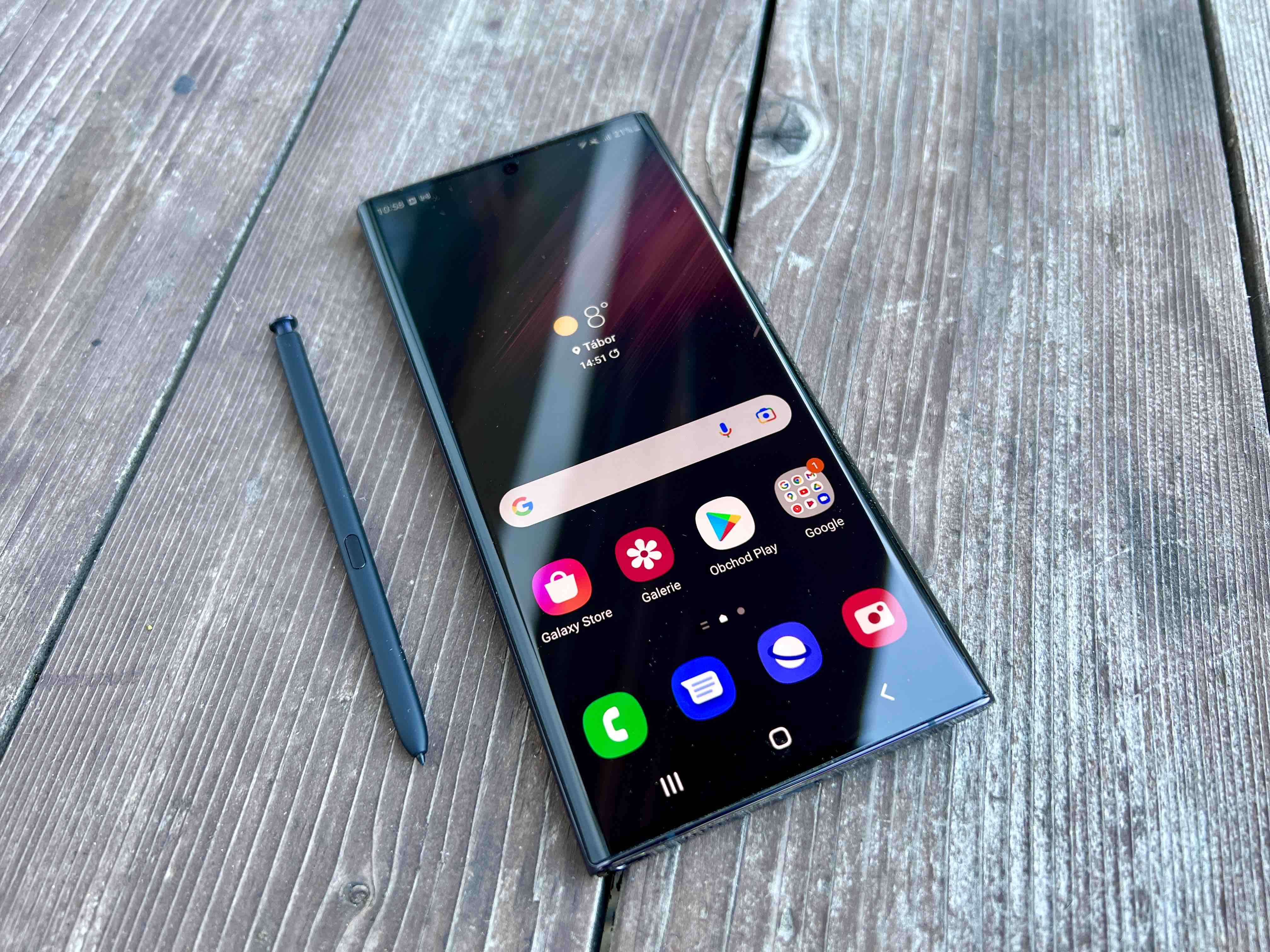
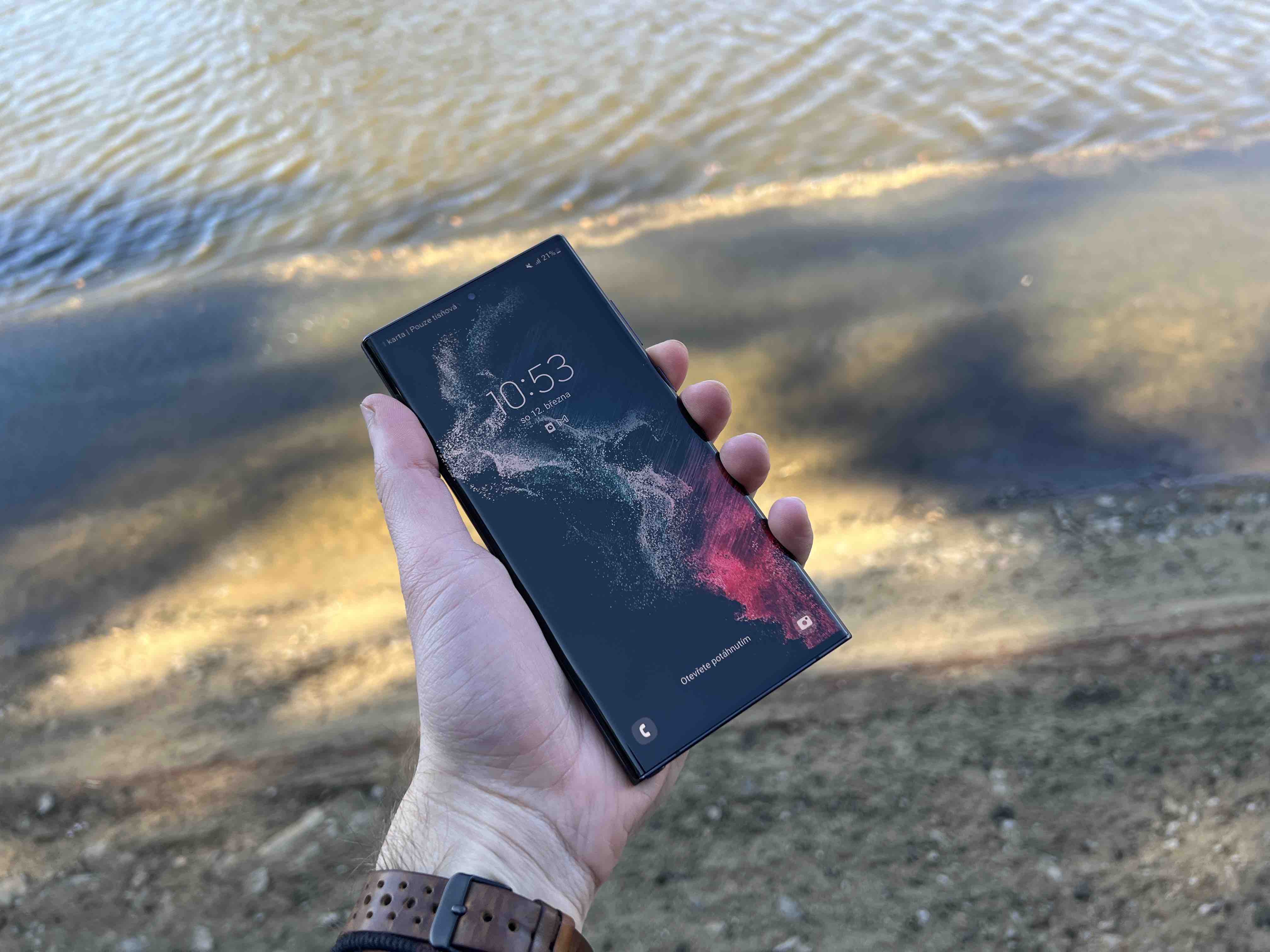
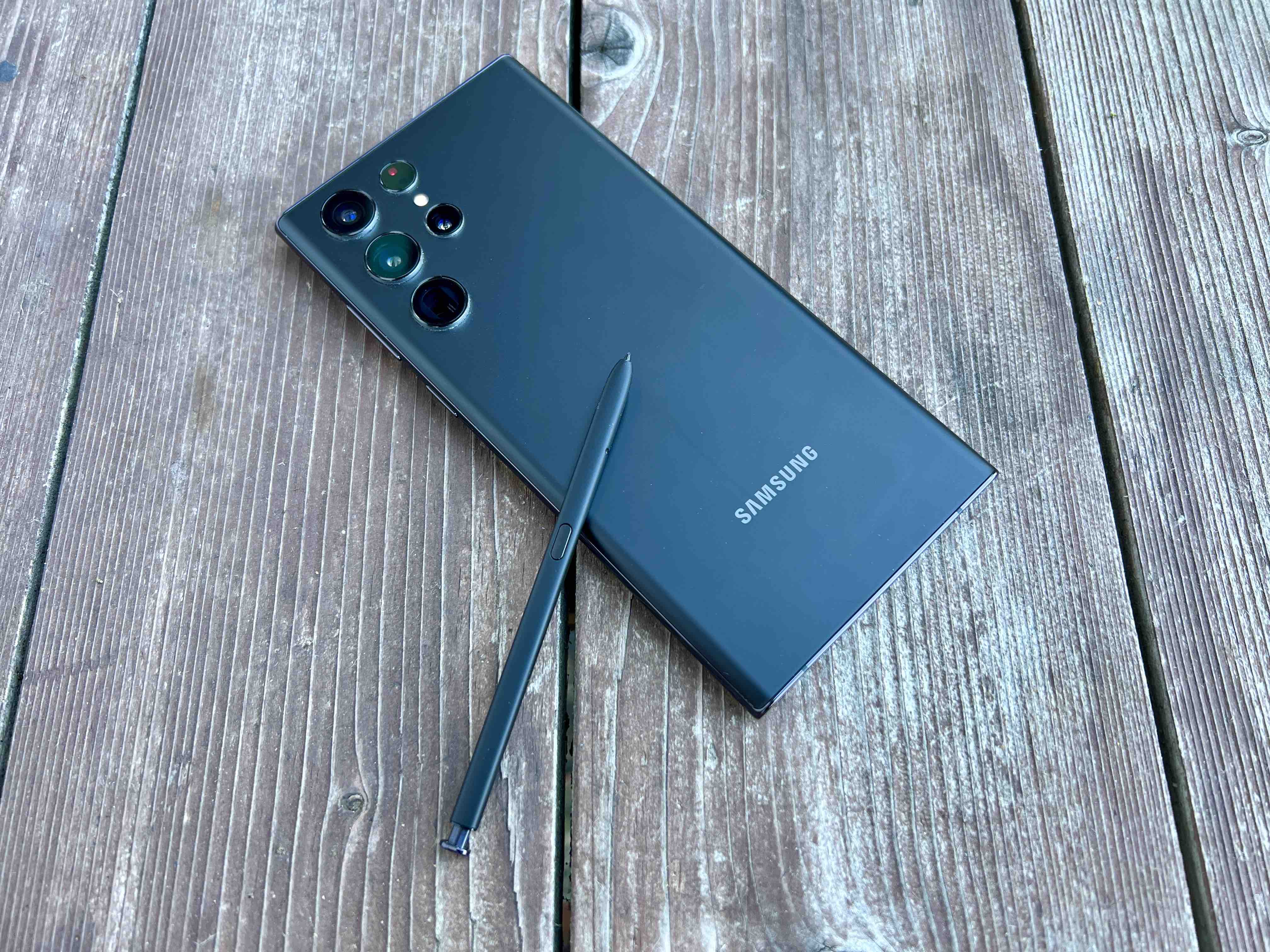
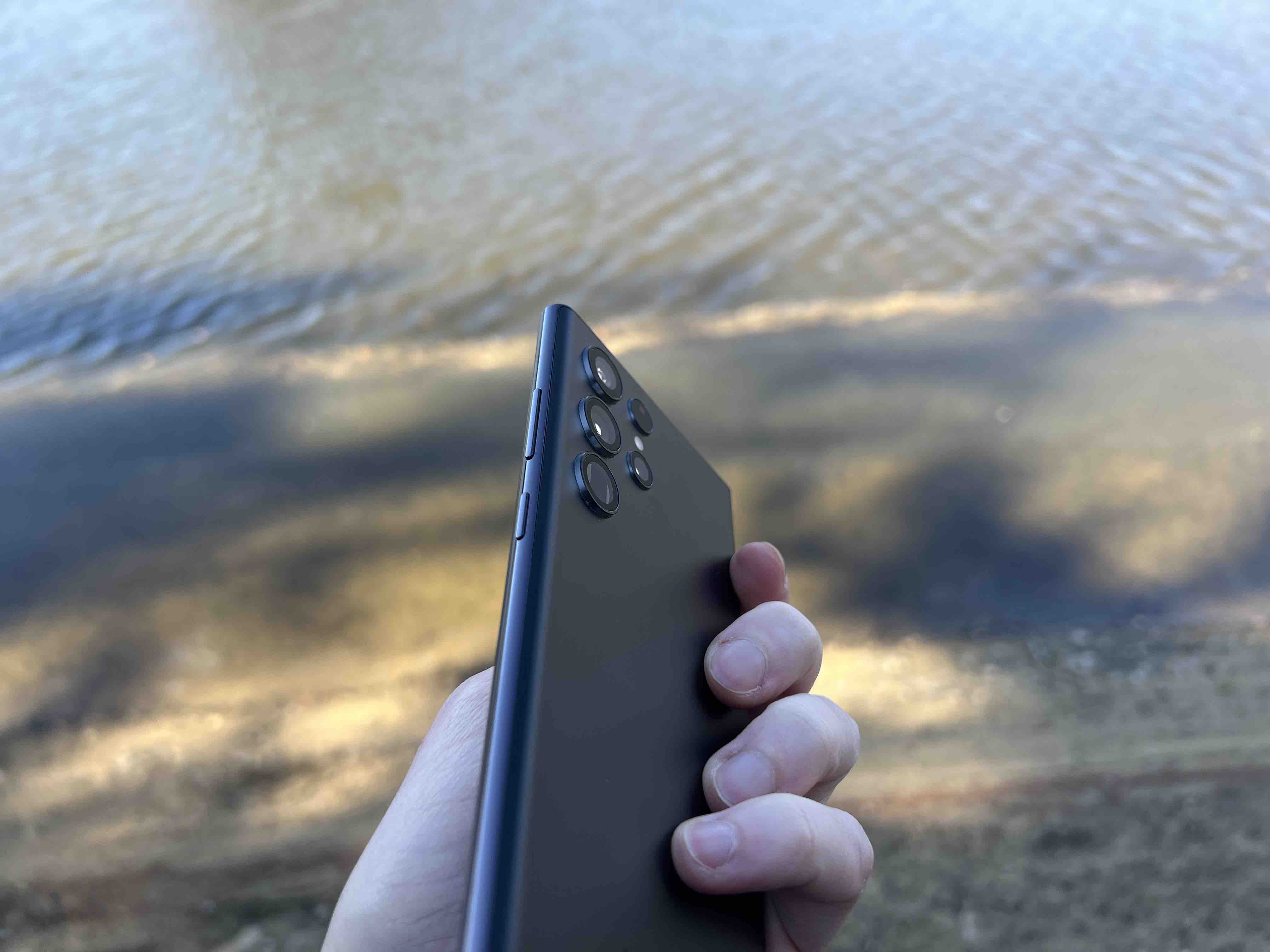
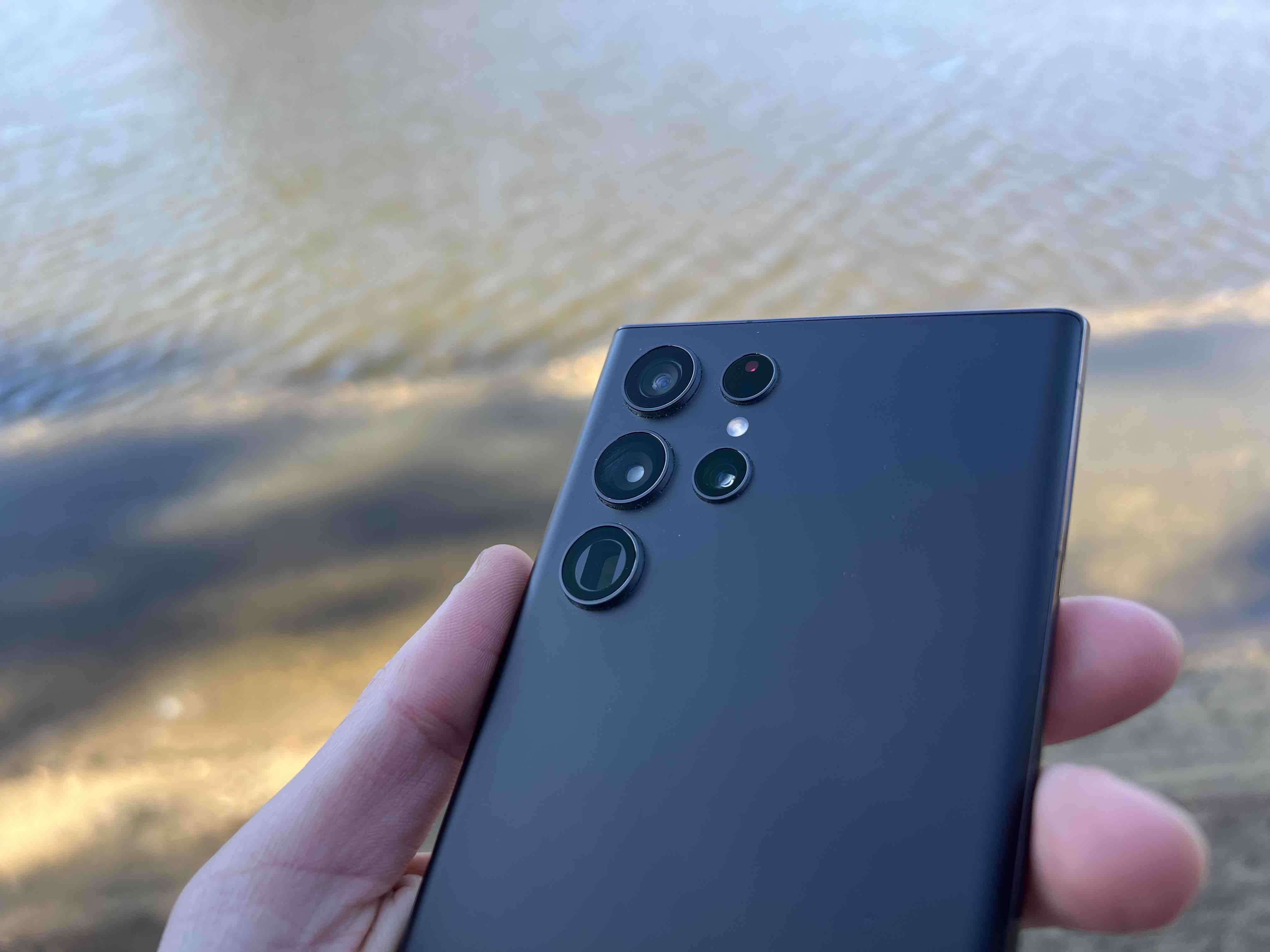
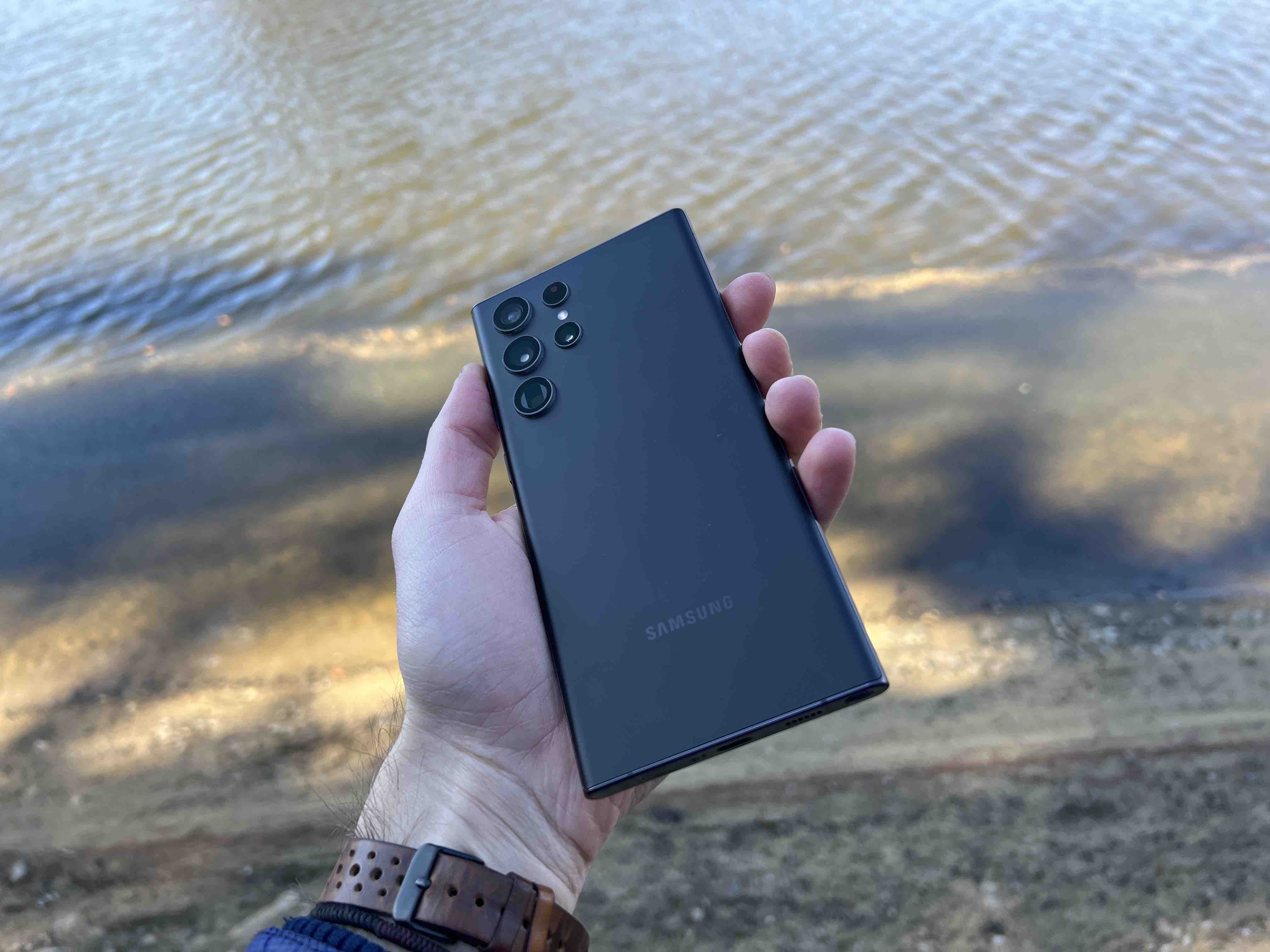
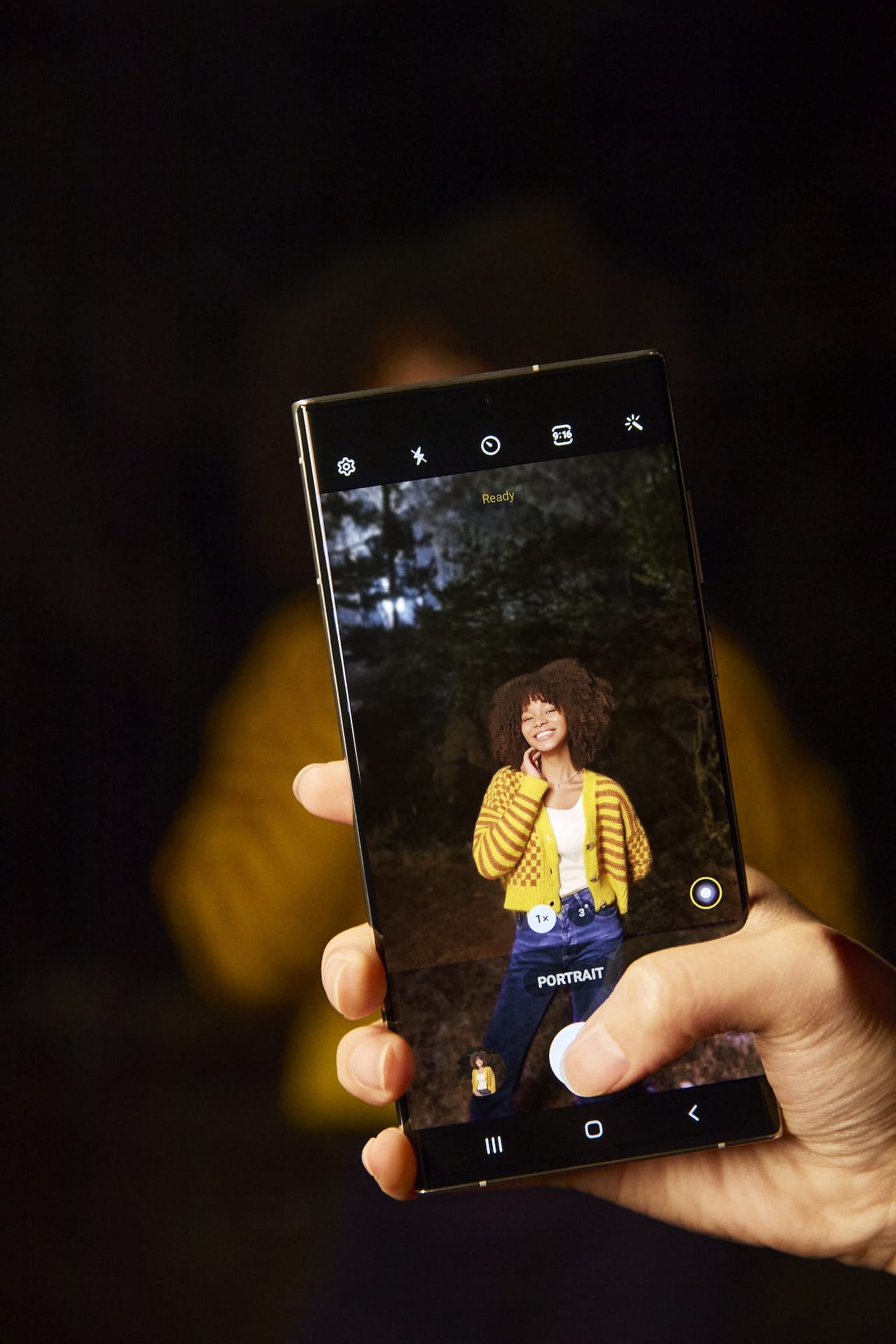
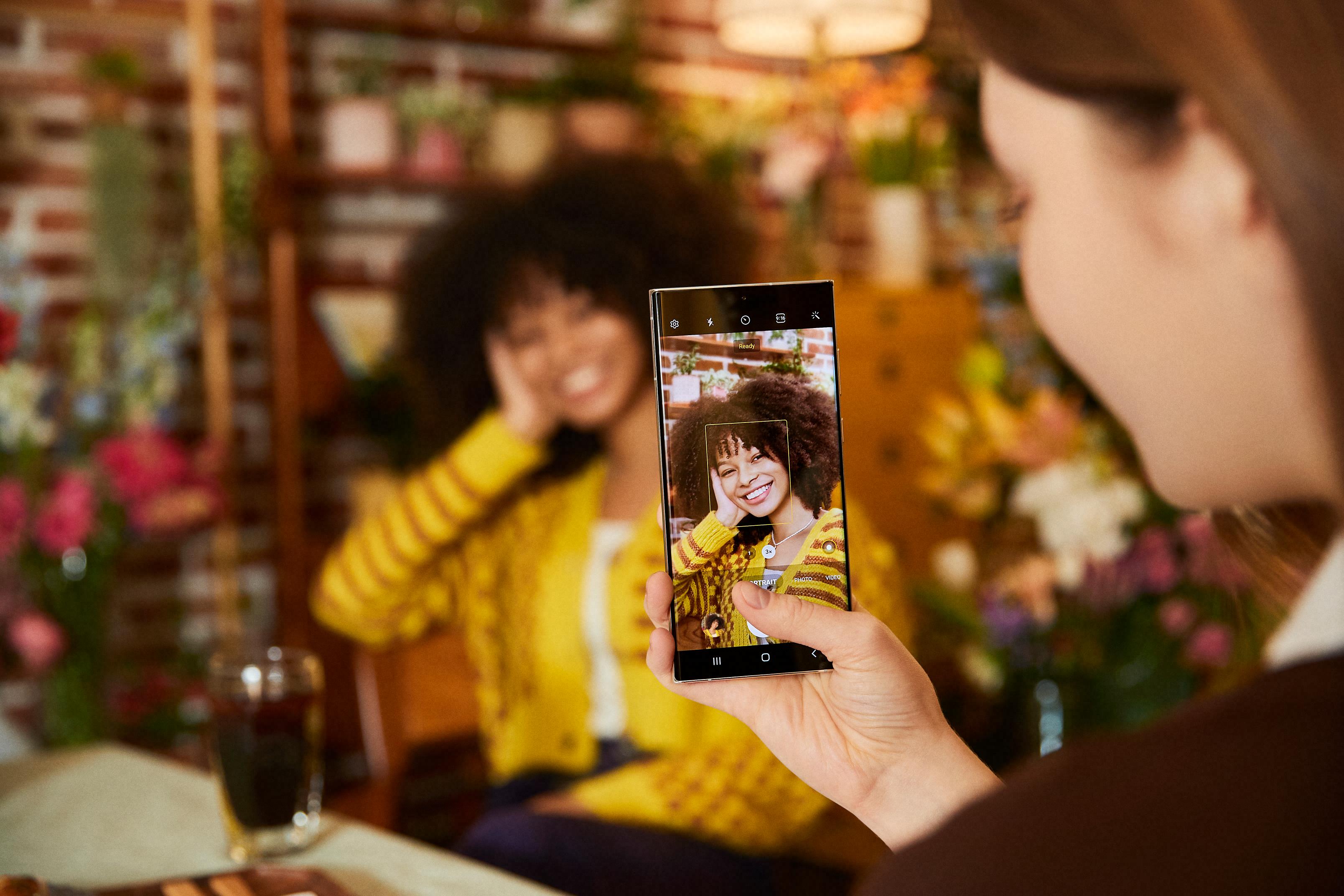
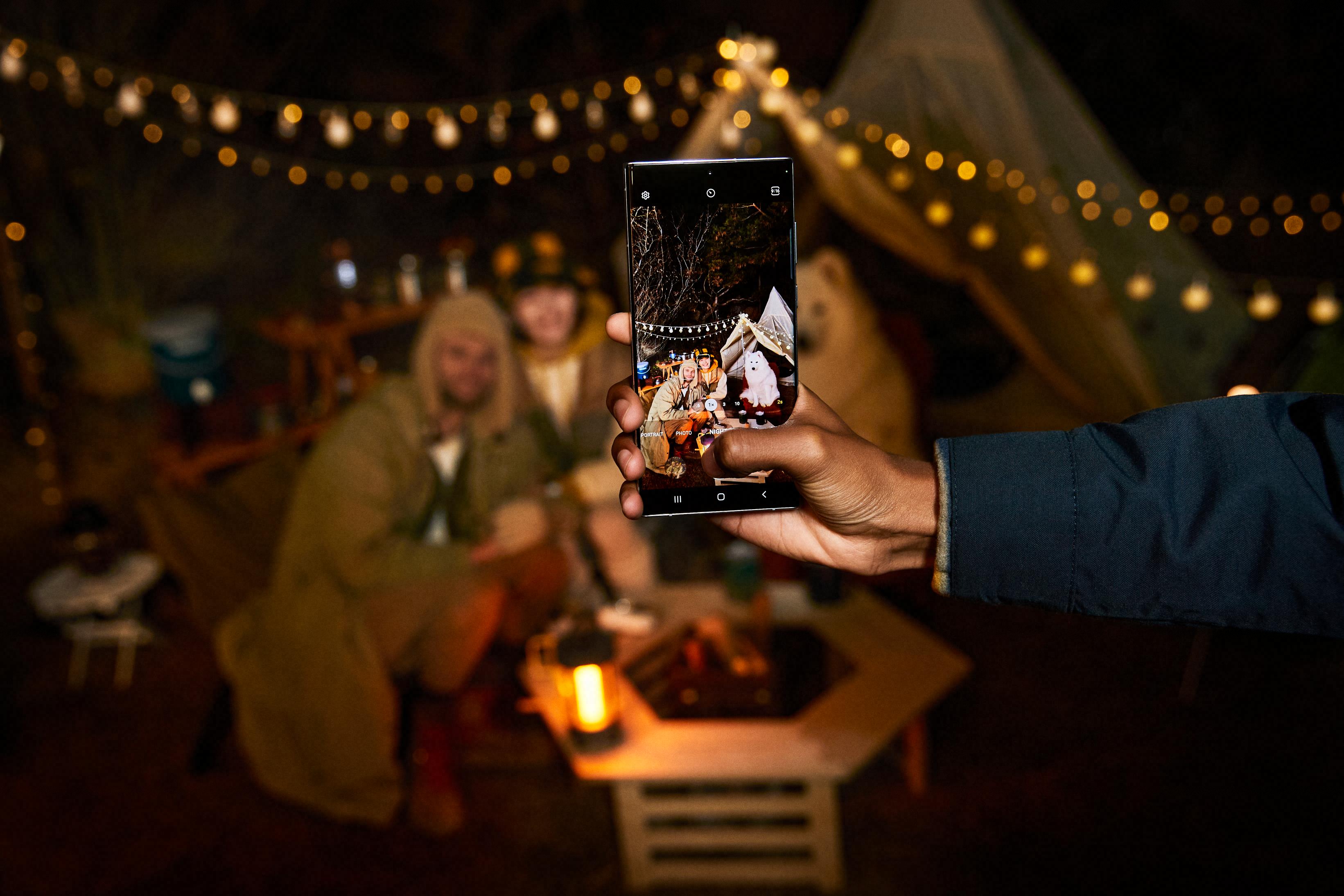
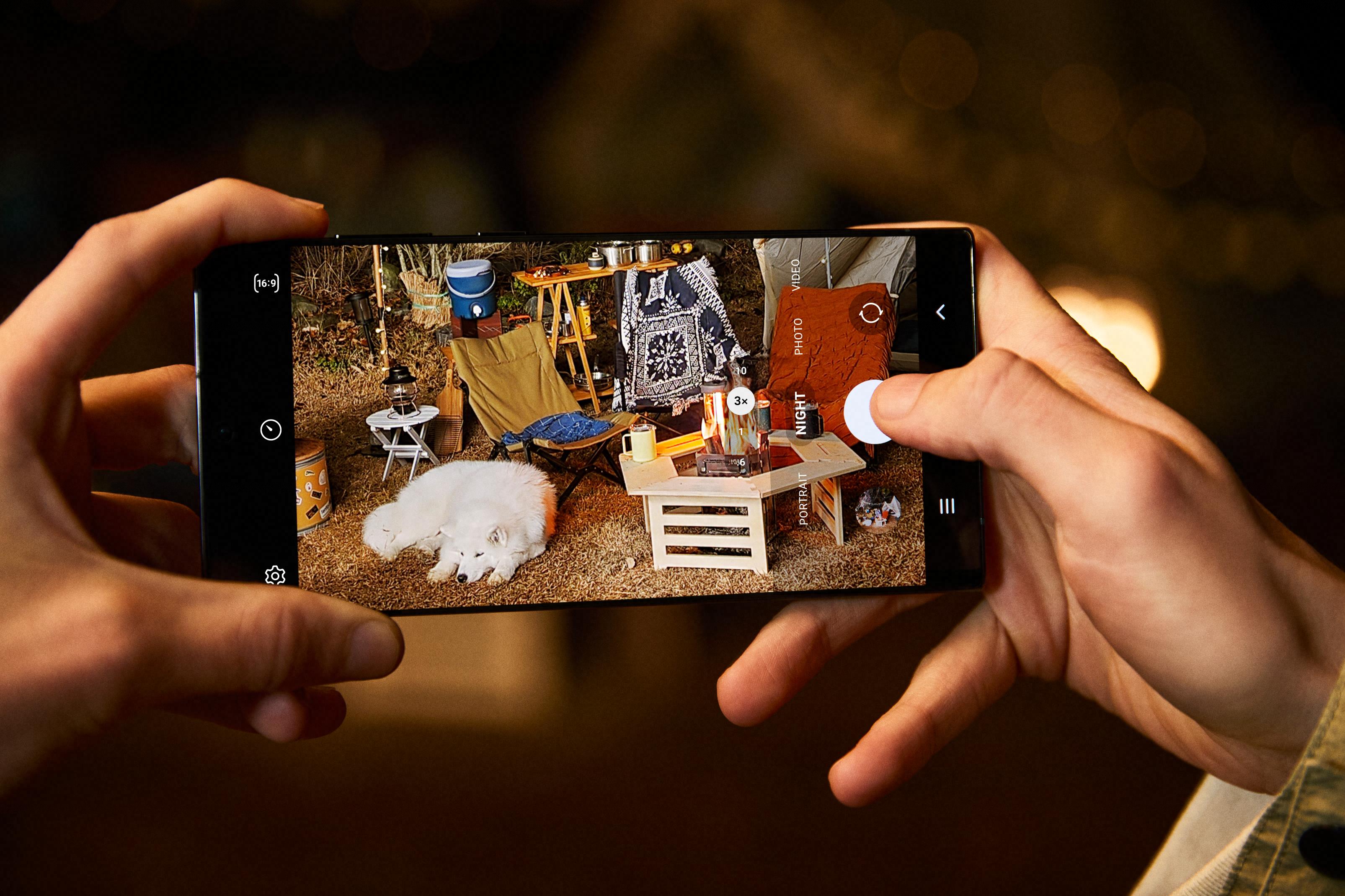

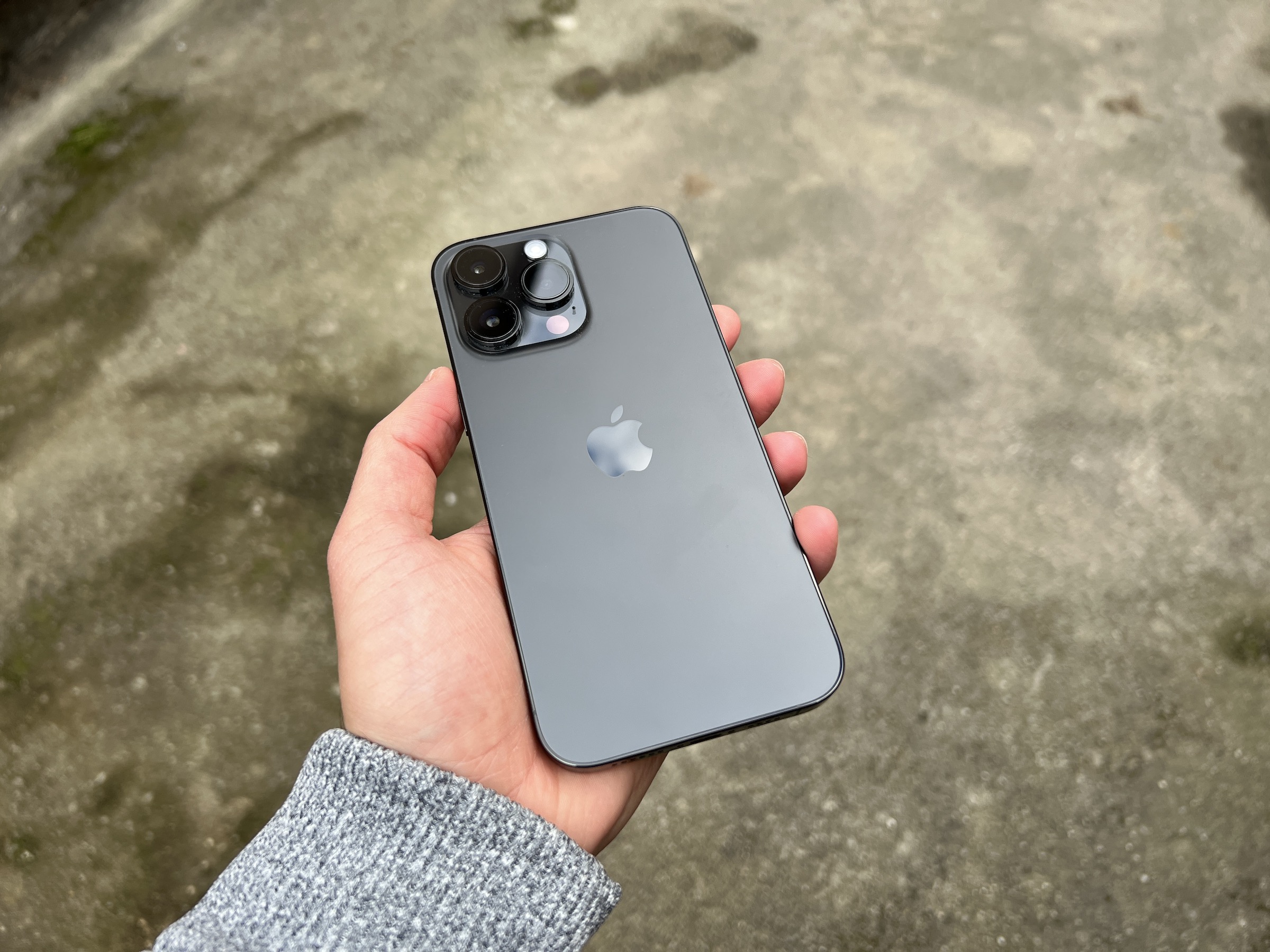
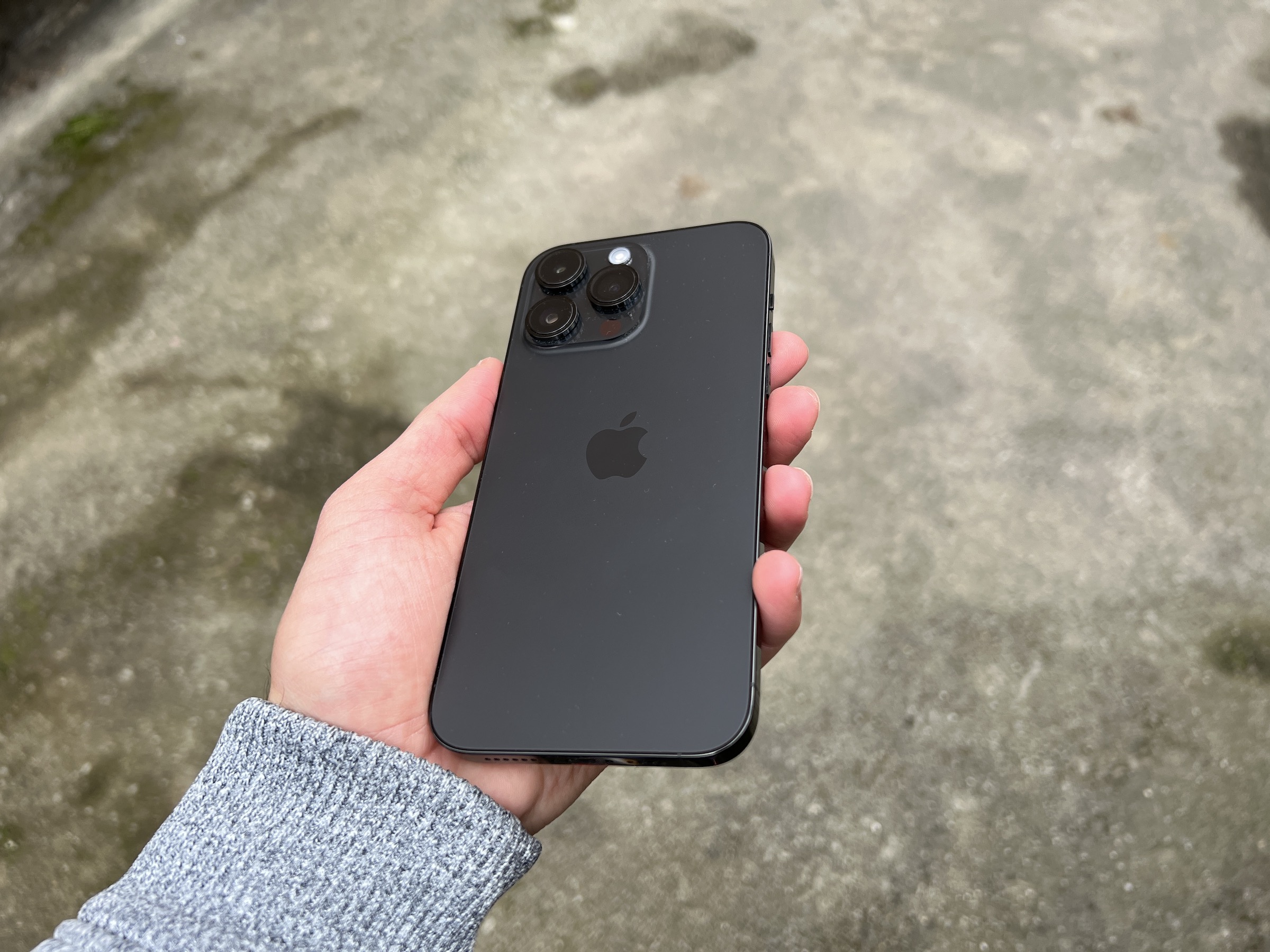

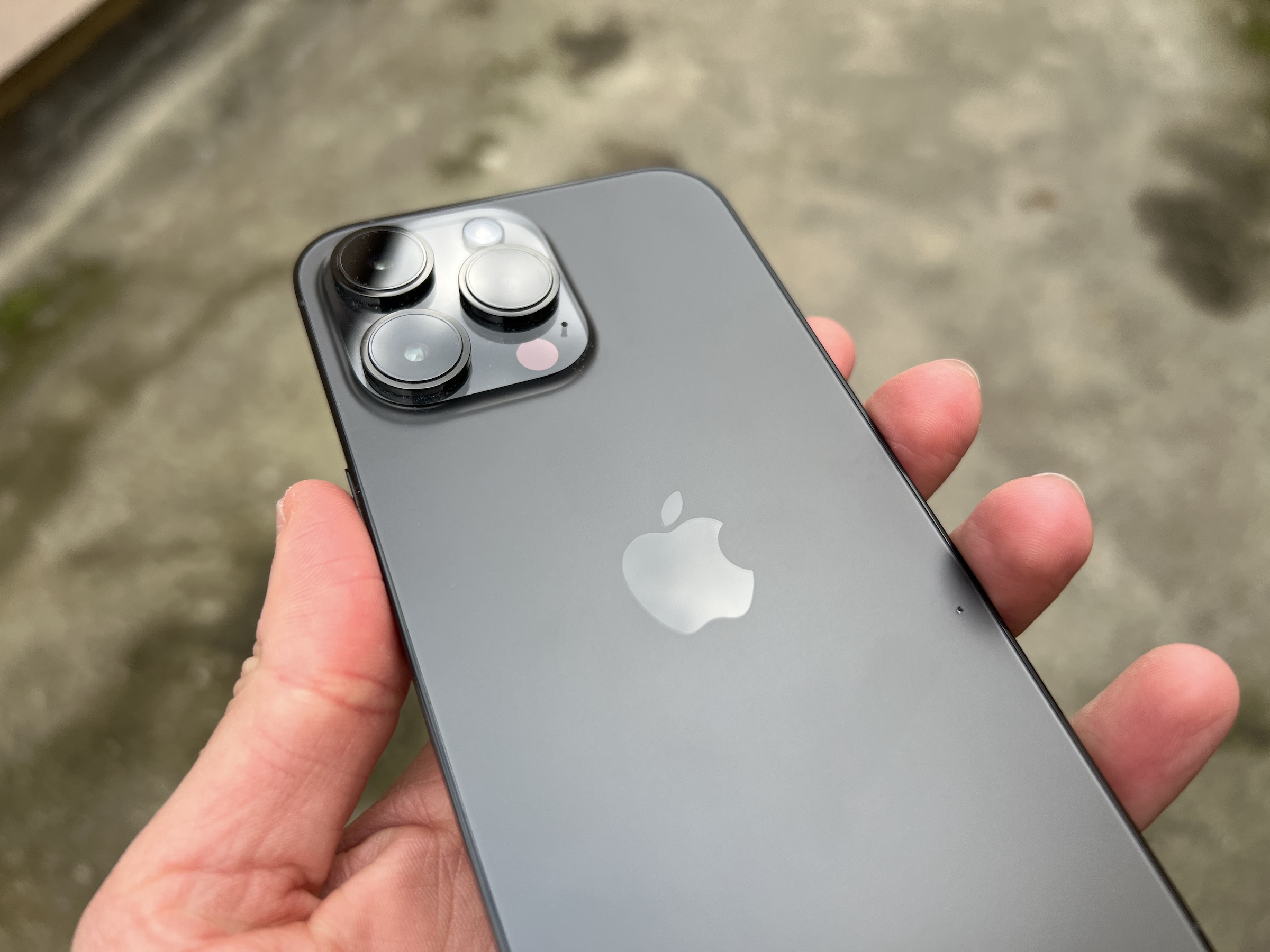
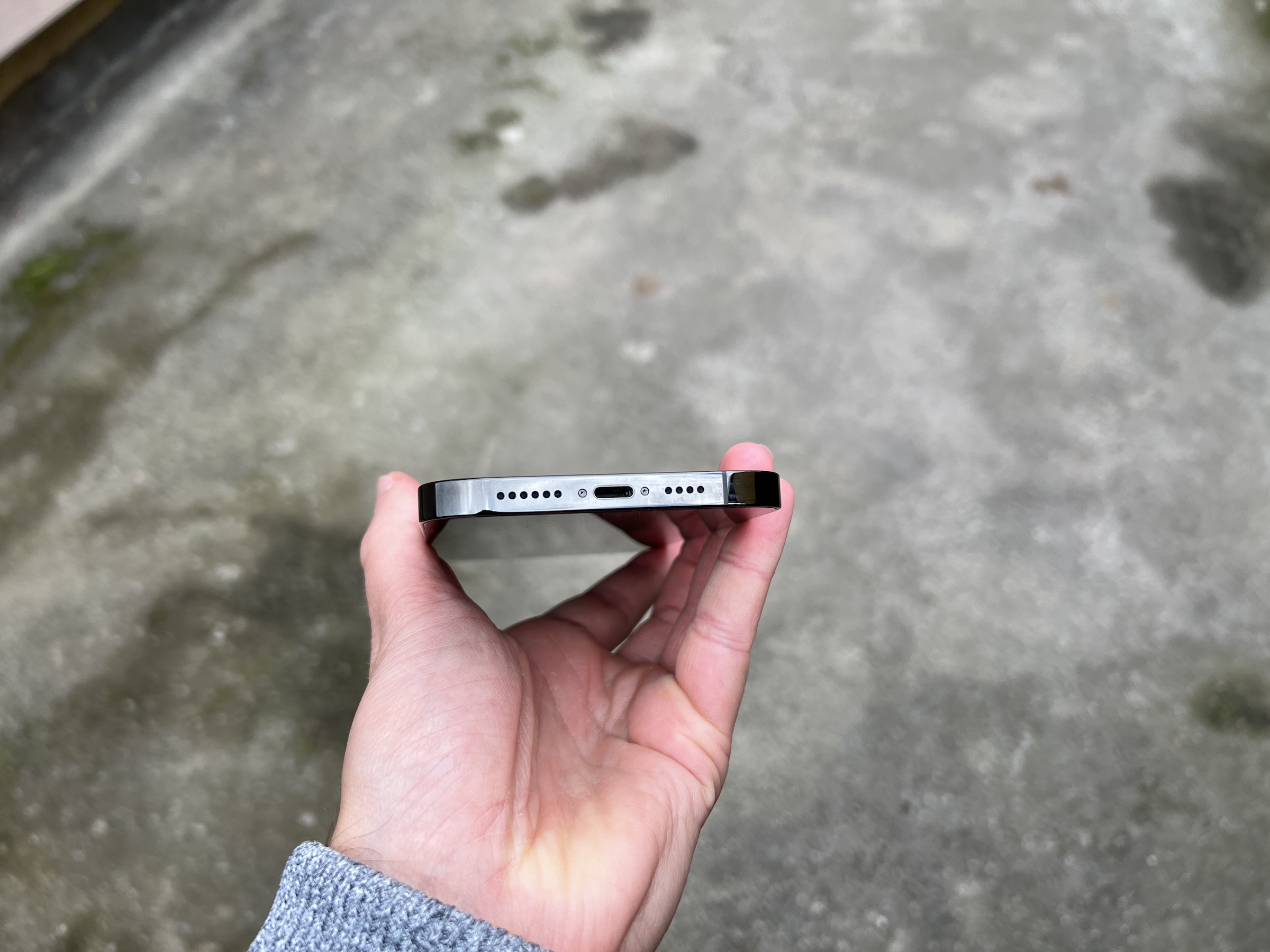

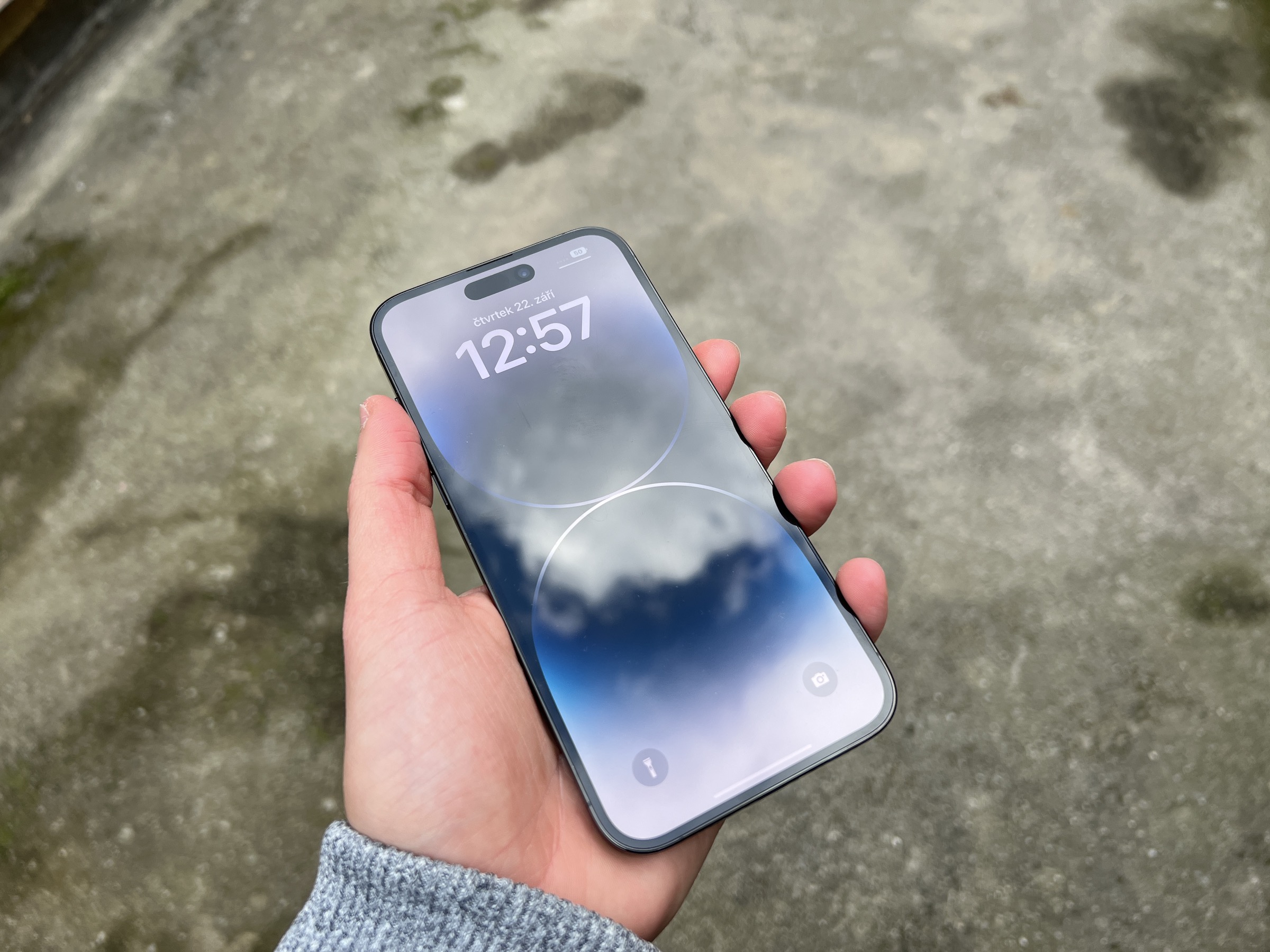
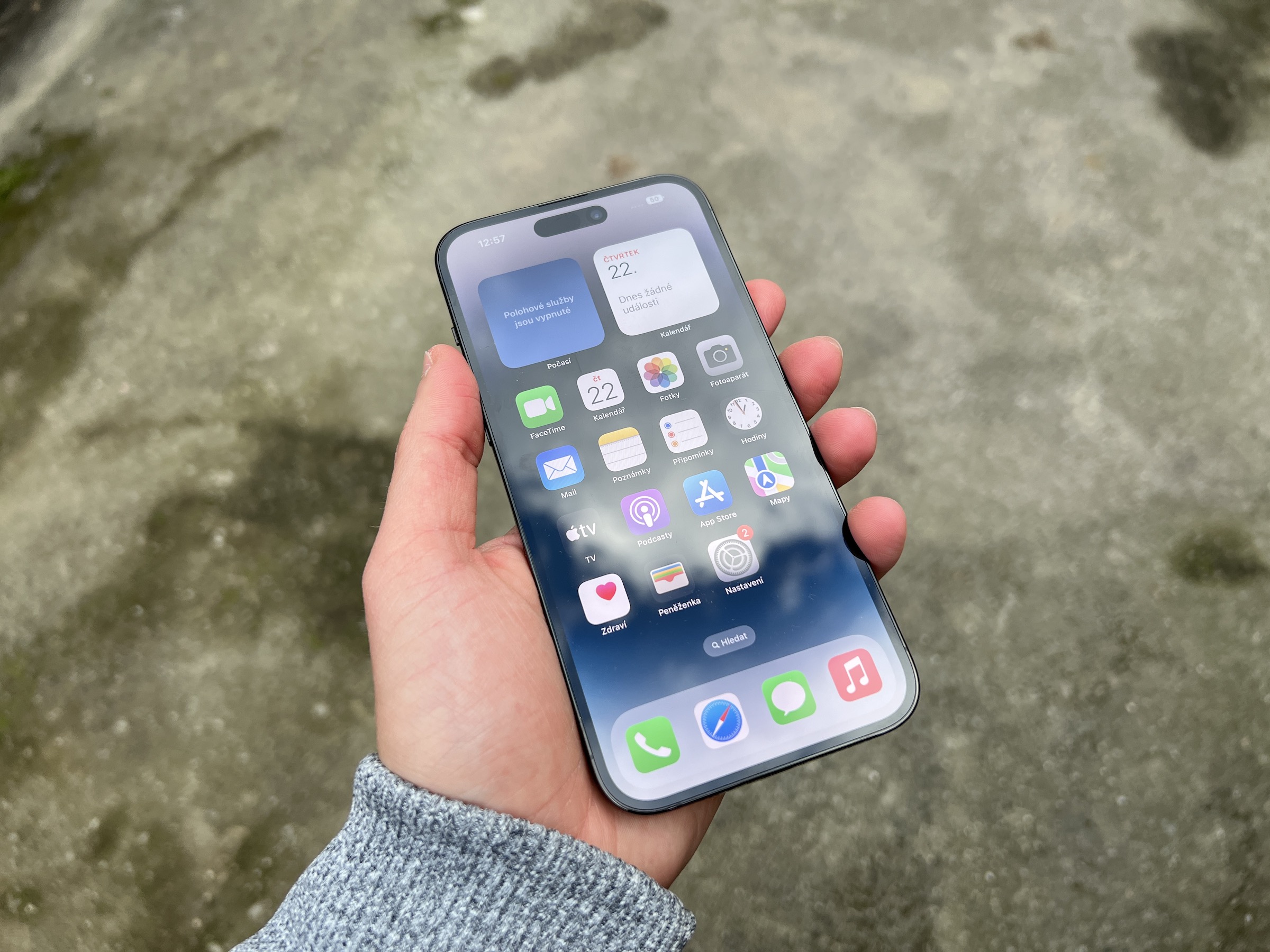
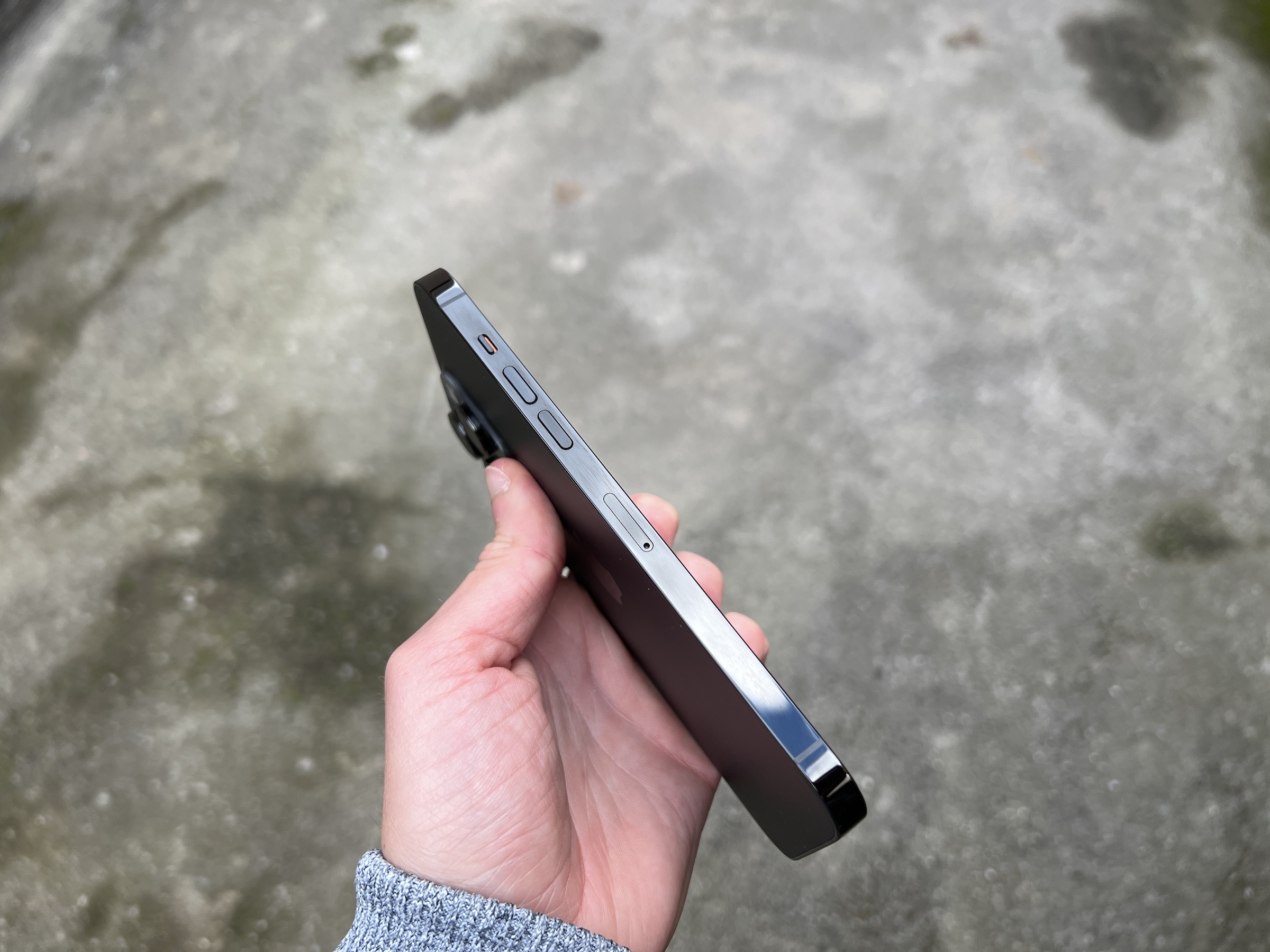
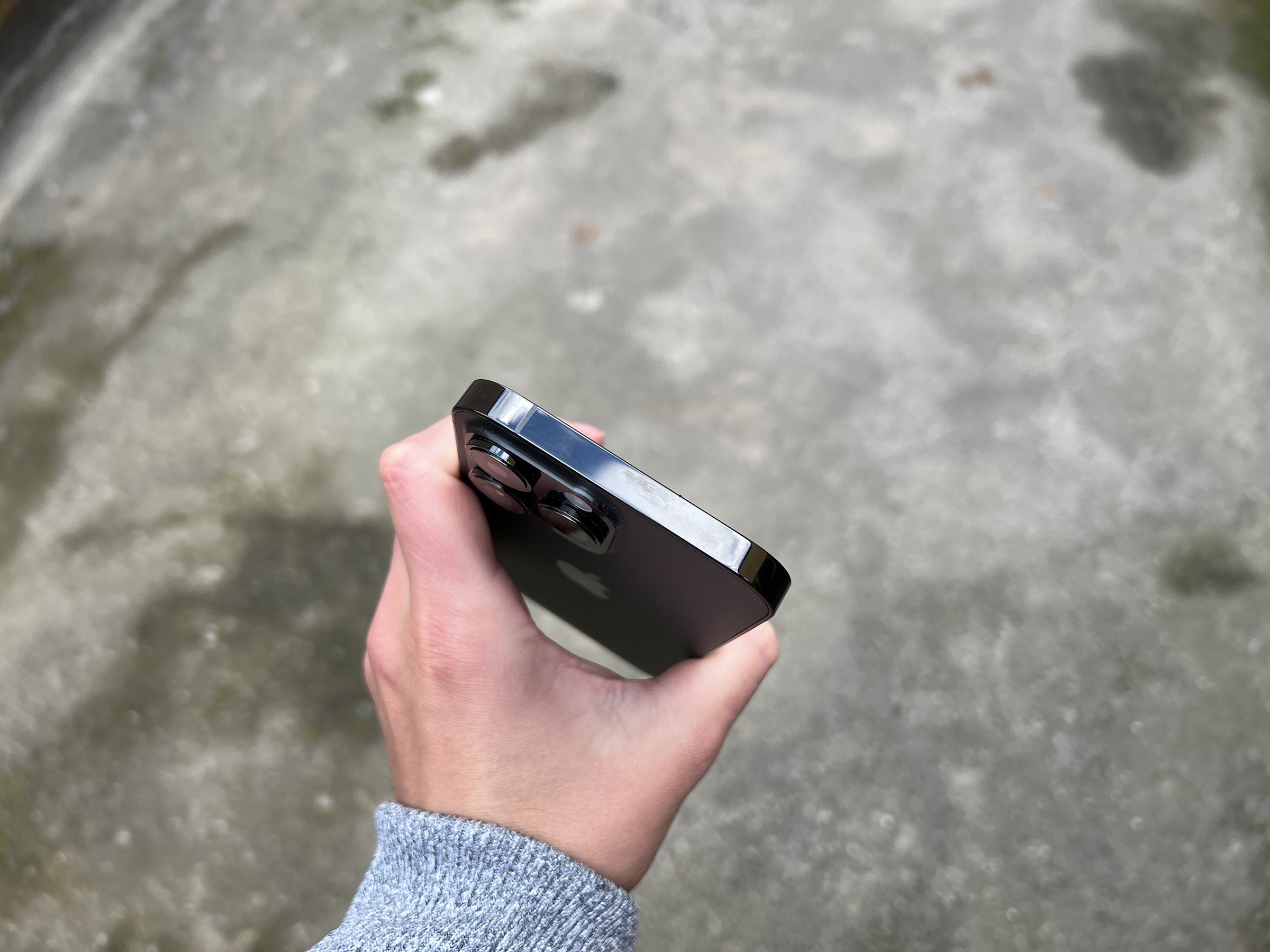
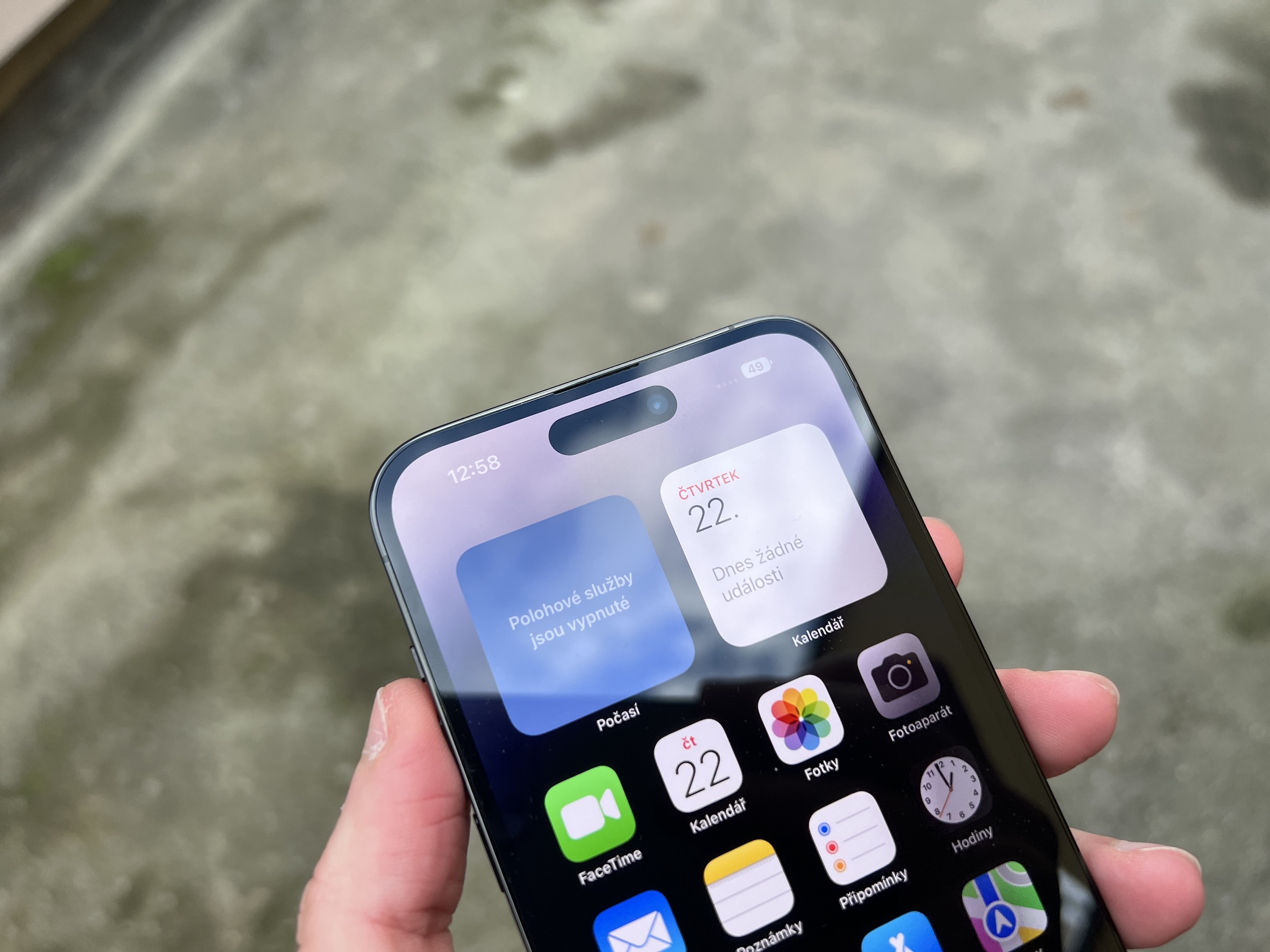
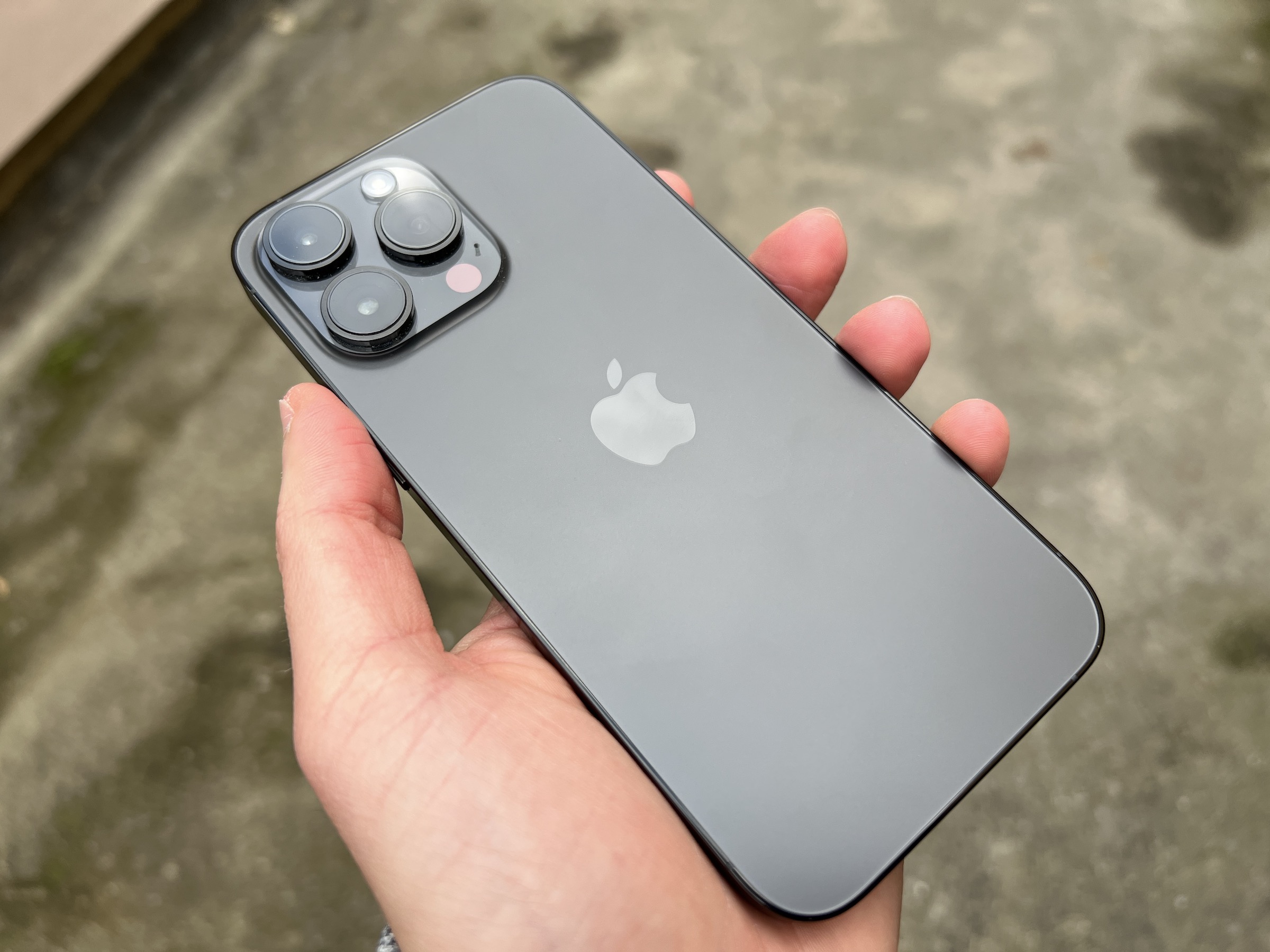
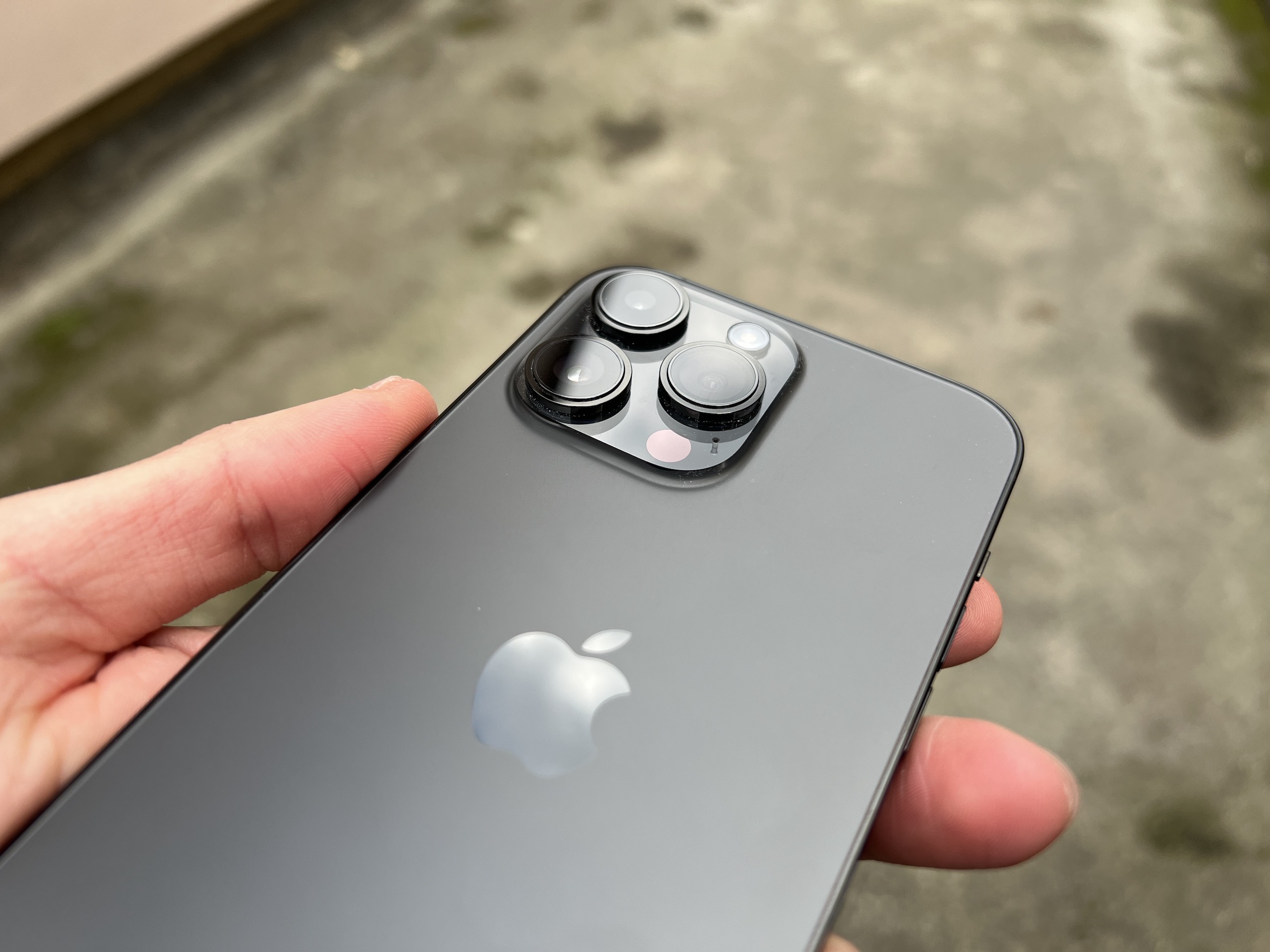
So I hope they will be just as fast